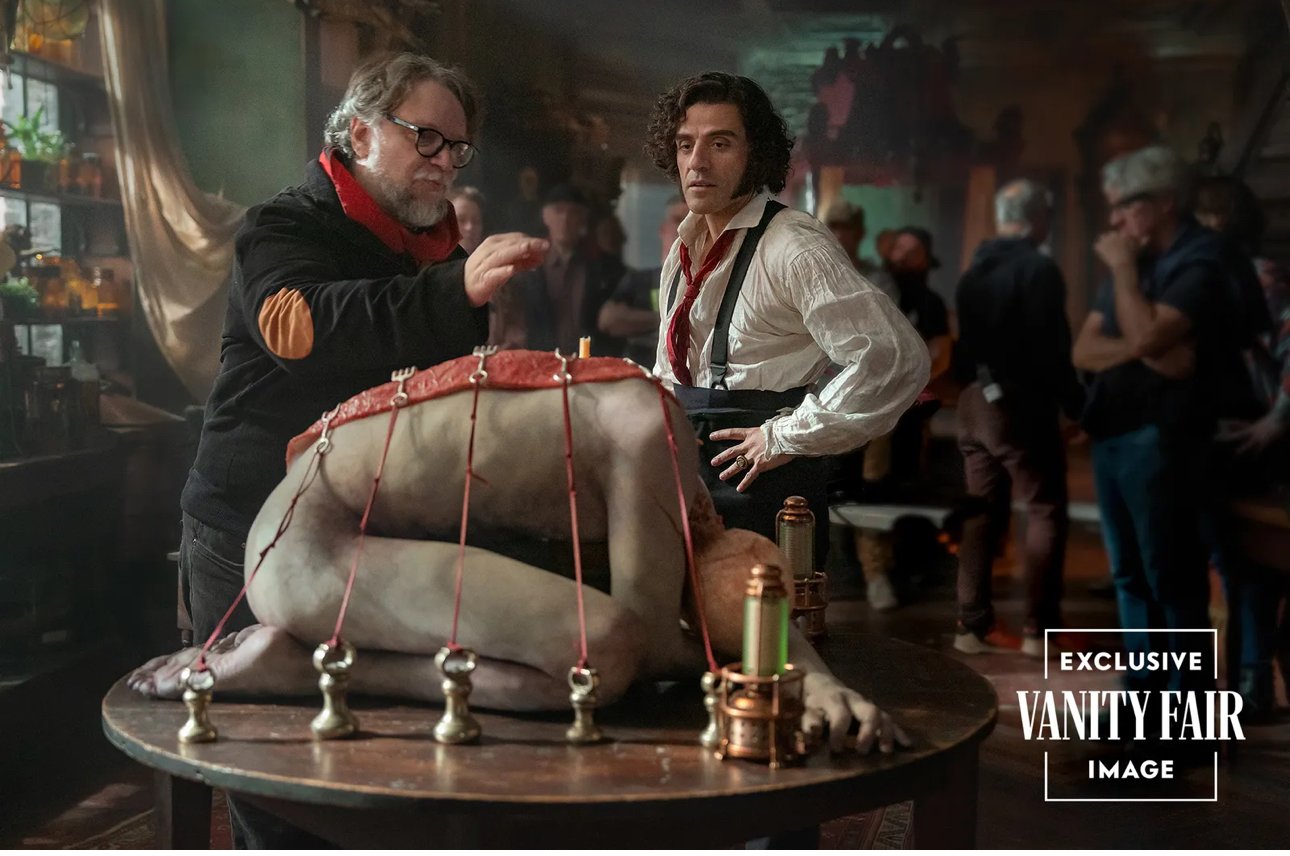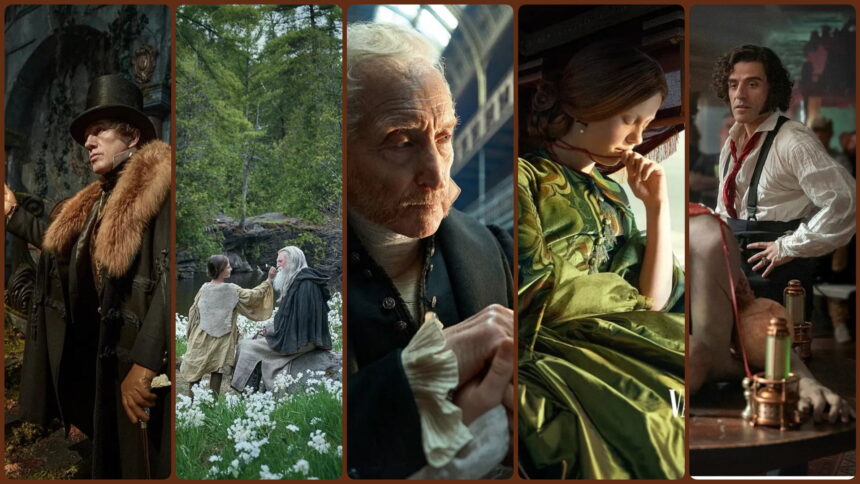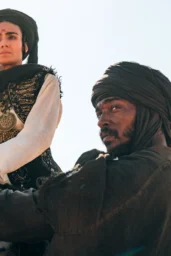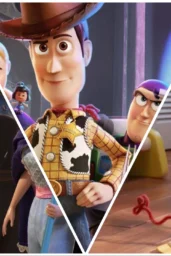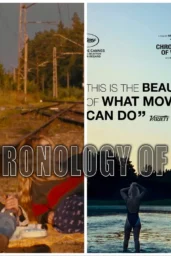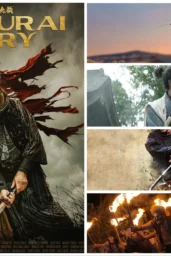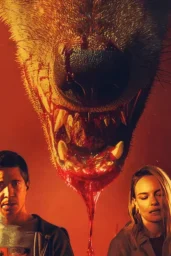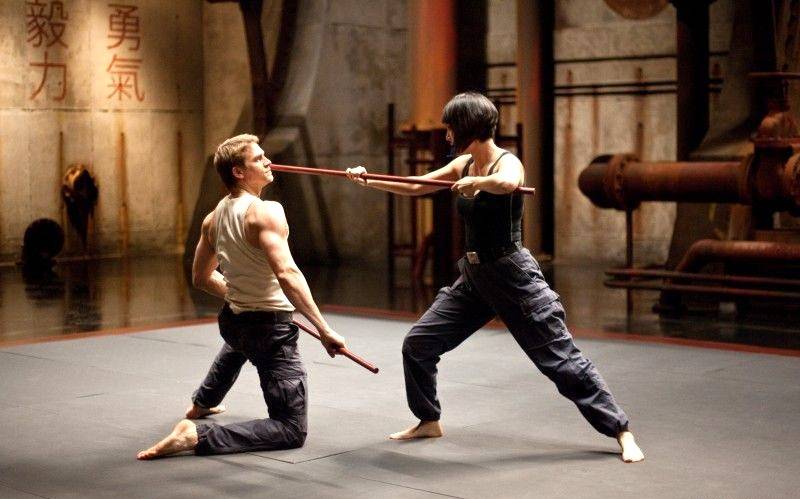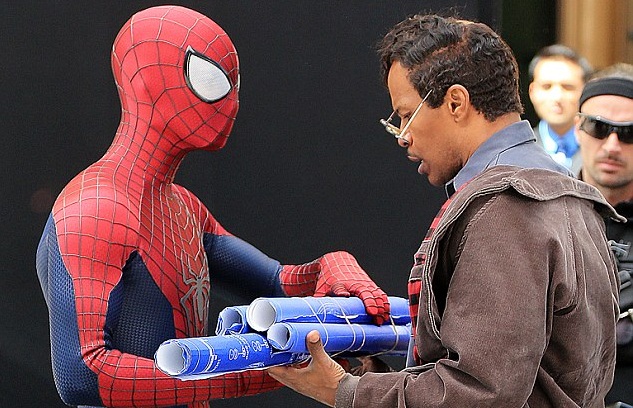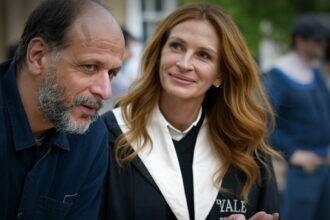It's not every day a First Look still makes you feel like you've seen a ghost. But Jacob Elordi's silent stare from the set of Frankenstein—his face smeared in ash, eyes sunken, body wrapped in thick canvas and shadow—tells you exactly where you are: inside Guillermo del Toro's head.
Netflix's long-brewing Frankenstein will finally see daylight (or moonlight, more likely) this September, with confirmed premieres at both the 81st Venice International Film Festival and the 2025 Toronto International Film Festival. And this first official image, courtesy of Vanity Fair, doesn't just tease the monster—it telegraphs the tone. Broken. Baroque. Beautiful. It's the kind of still you want to press between pages.
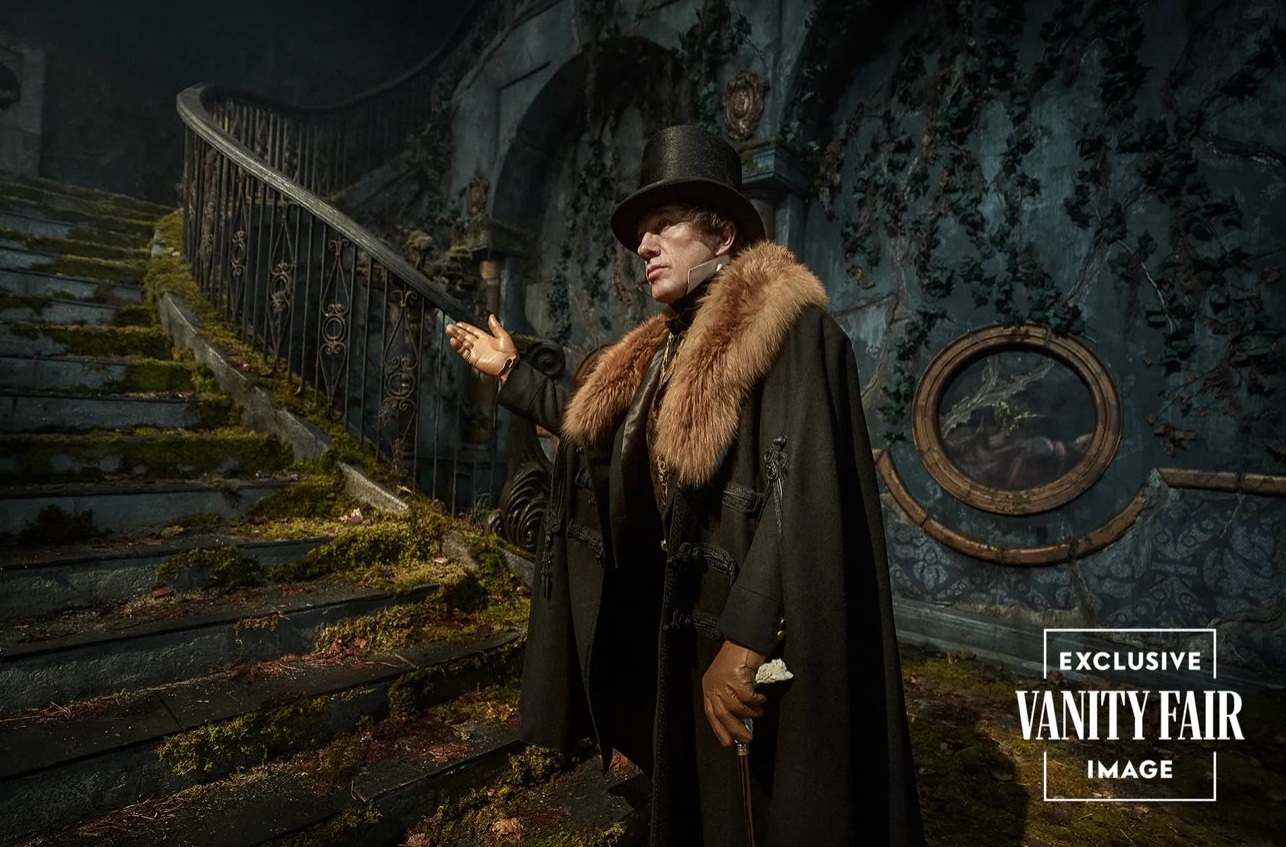
An Ancient Creature, Reassembled
Elordi, taking over the role from Andrew Garfield—who exited the project due to post-strike scheduling conflicts—steps into the cinematic sarcophagus of Mary Shelley's reanimated icon. The design? Del Toro's crew describes it as “a fragmented marble statue from antiquity, pieced back together.” Think Bernini by way of Bosch. And if that sounds grim, you're correct.
“The one day I didn't shoot was the reassembly sequence,” Elordi told Vanity Fair, referring to the grisly birth scene helmed by Oscar Isaac's Dr. Frankenstein. That sequence, described as “blood-soaked,” may be the emotional core of the film—or its spiritual exorcism.
Rated R for bloody violence and grisly images, the film won't tiptoe around the trauma baked into Shelley's story. This is not a tragic fairytale. It's a medical nightmare in Gothic ink.
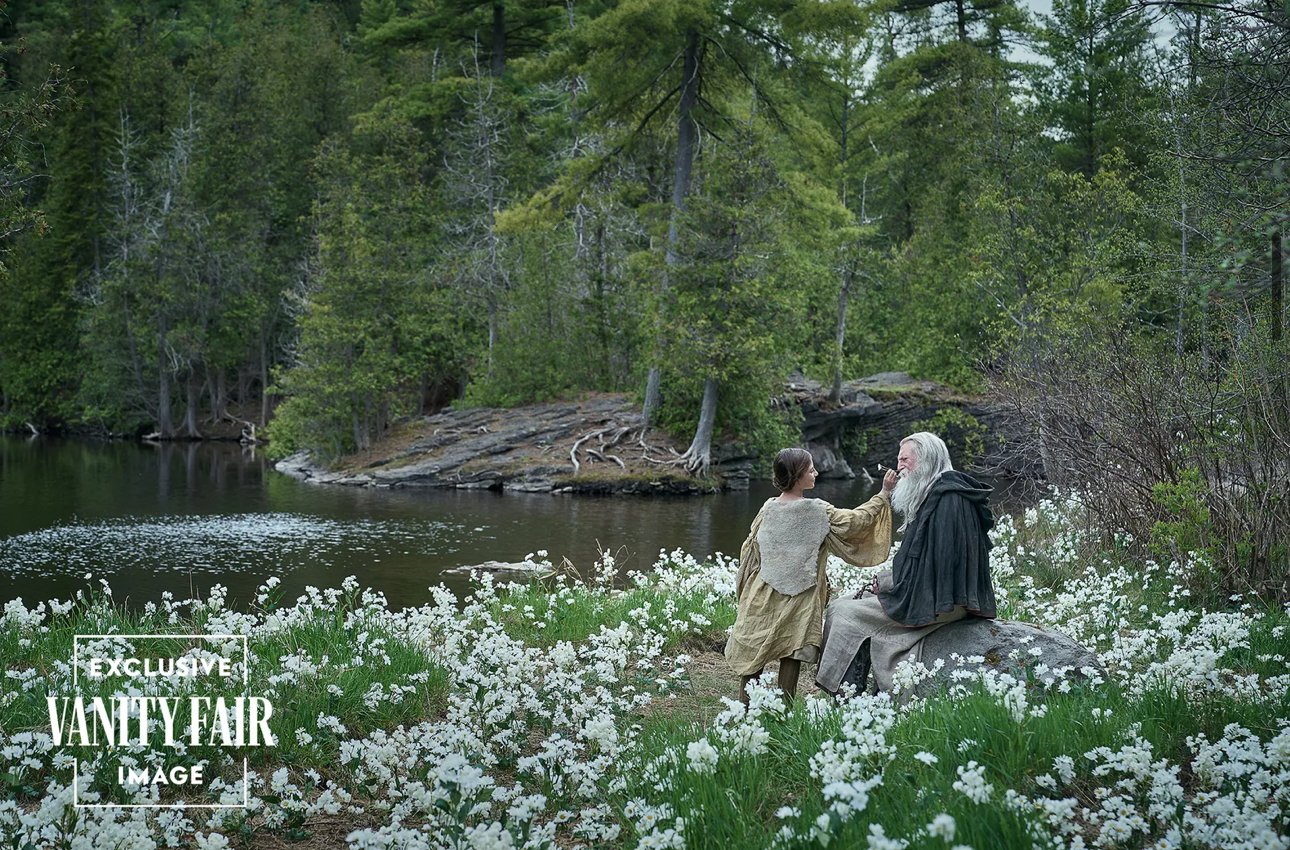
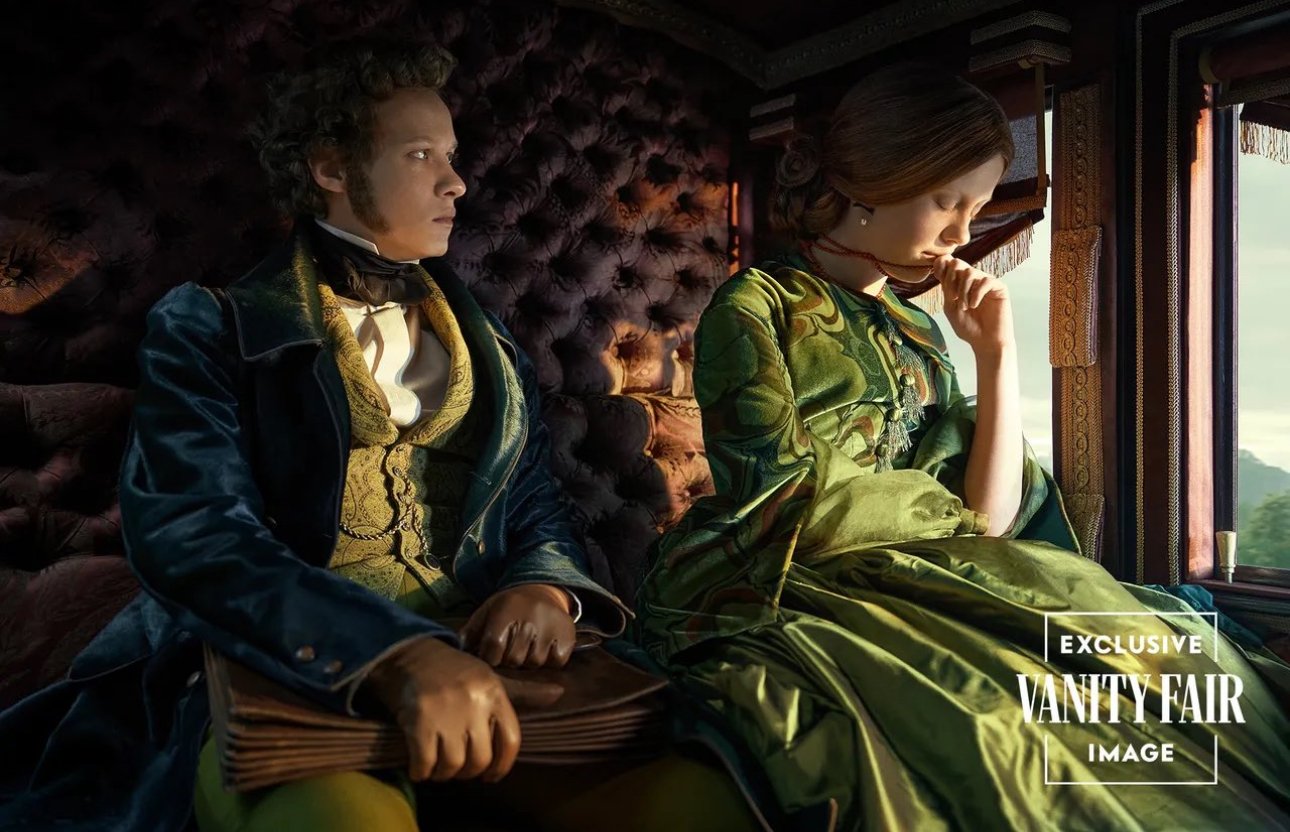
Production Whiplash and Creative Resilience
Let's rewind: Garfield's exit, announced just weeks before filming began, was an aftershock of the 2023 Hollywood strikes. Multiple productions dominoed, schedules imploded. Suddenly, the role of Frankenstein's creature—the emotional and physical axis of the entire film—was vacant.
That Elordi stepped in with little prep and still commands this much presence in the first look? It's a flex. And not the Instagram kind.
At 2 hours and 29 minutes, Frankenstein nearly matches del Toro's 2021 Nightmare Alley in runtime, though the latter was a glossier noir. This new film is leaner in style, heavier in metaphor. If Nightmare Alley asked what people will do for love, Frankenstein asks what gods do for control—and what monsters endure to live with it.
The casting around Elordi and Isaac is prestige-dripping: Mia Goth, Christopher Waltz, Charles Dance, and Ralph Ineson, all of whom could headline a film themselves. It's a calculated ensemble—elegant, eerie, and unmistakably European in tone.
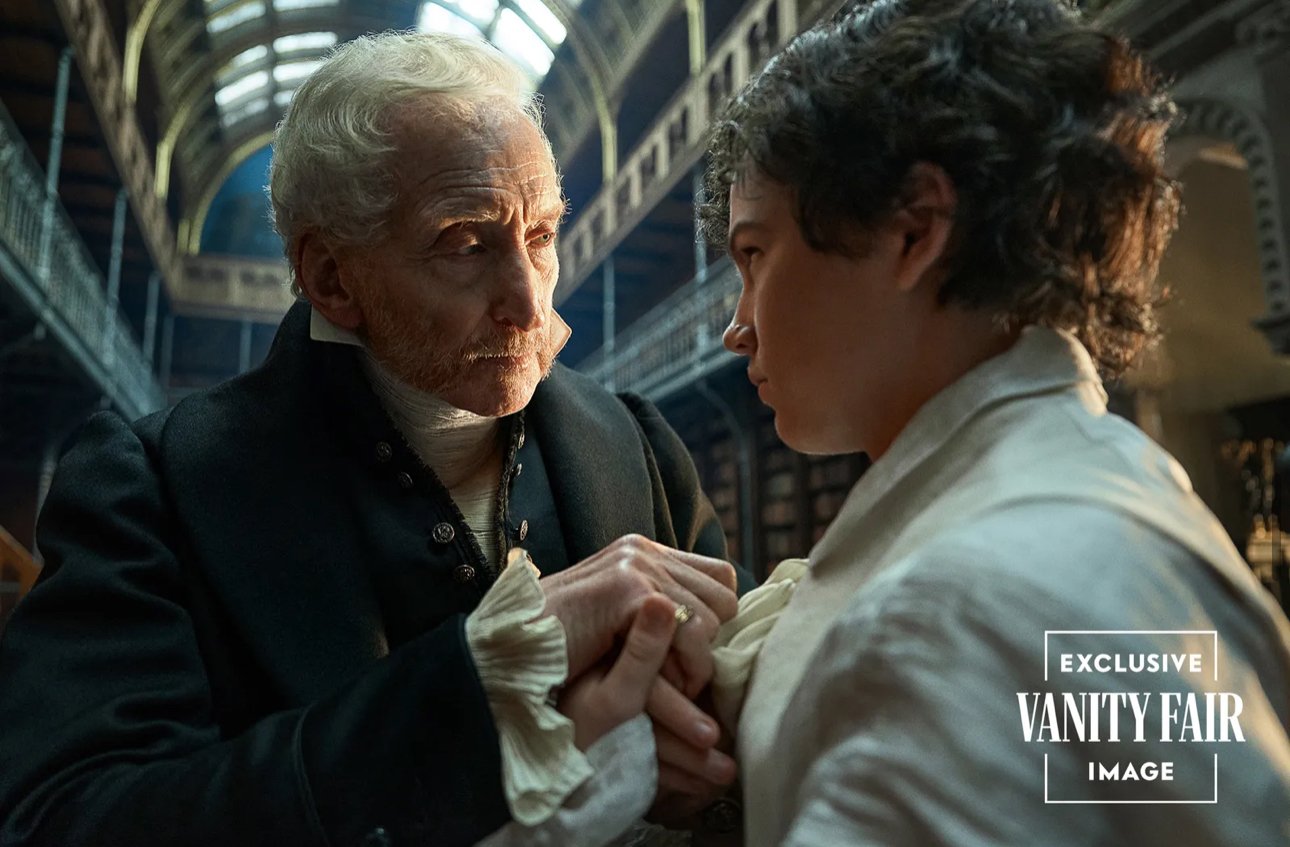
Del Toro's Vision: Gothic Without the Romance
Guillermo del Toro's best work (Pan's Labyrinth, The Devil's Backbone) pairs innocence with horror and nostalgia with decay. But Frankenstein feels different. It's not a child's fable gone sour; it's a myth retold with surgical cruelty and operatic sorrow.
And that makes sense. Shelley's novel, written in a burst of personal pain and philosophical fire, was never really about science. It was about loneliness. About becoming something—then being hated for it.
That emotional marrow is what del Toro seems to be chasing. And if this First Look image is any clue, he's not just resurrecting a monster. He's mourning one.
Final Cut
Elordi's transformation may surprise those who still associate him with slick, Gen-Z heartthrobs. Here, he's unrecognizable. Raw. Almost biblical. And that's exactly what this film demands—because Frankenstein, in del Toro's hands, isn't just a horror story. It's a creation myth with no heaven in sight.
Will it work? Too early to say. But the blood's on the floor, the marble's cracked, and the eyes… yeah, those aren't digital.
